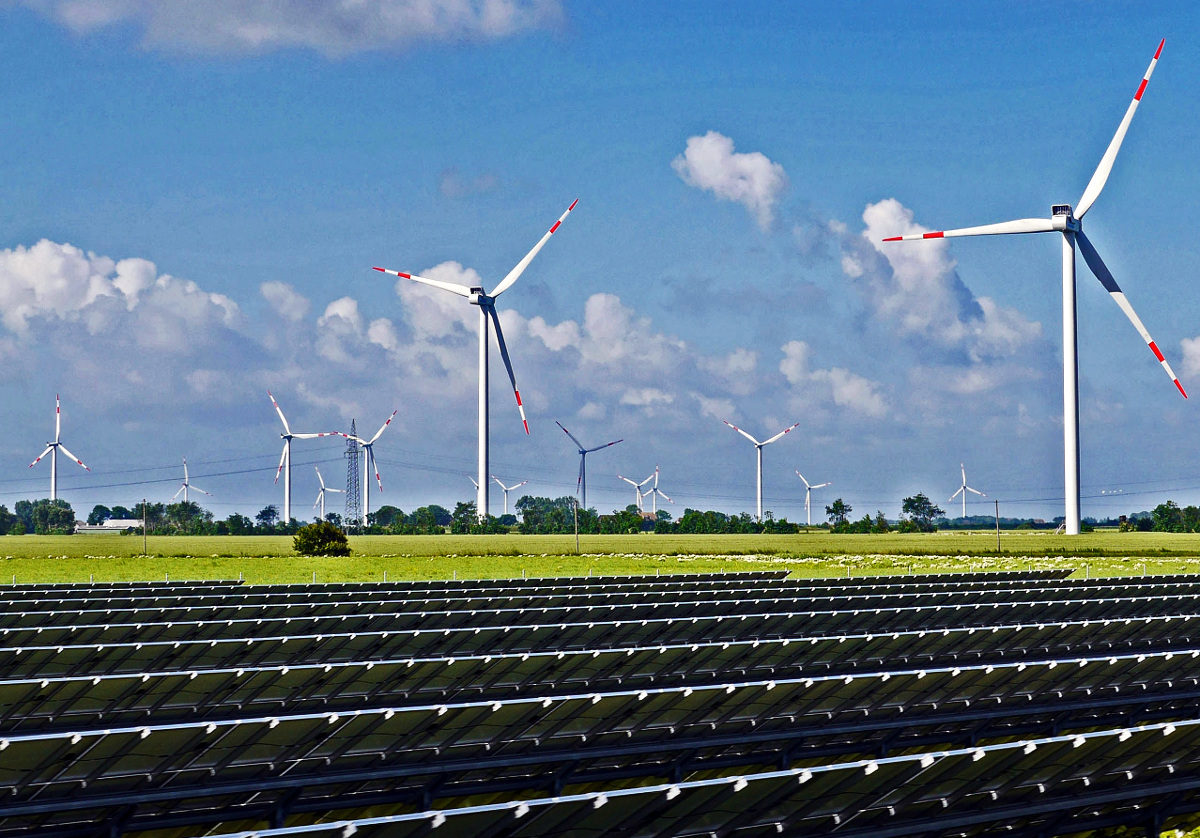Bridge To India analysts estimate India has installed a cumulative renewable capacity (excluding large hydro) of 122 GW by December, 30% short of the 175 GW target set by the government.
According to the analysts, annual solar and wind capacity addition averaged about 9 GW over the last five years as against a corresponding target of 19 GW. Wind capacity growth, with average annual capacity addition of only 2 GW, suffered particularly since the transition to competitive auctions in 2017. In contrast, solar capacity grew more consistently.
Going forward, the government has set an extremely ambitious target for combined solar and wind capacity addition at 36 GW per year up to FY 2030. However, analysts expect 2023 to be a very slow year as many projects are being postponed due to a lack of domestically manufactured modules. Module supply over the year is expected to be constrained with the implementation of up to 40% basic customs duty (BCD) and ALMM (Approved List of Models and Manufacturers) policy.
The government has already provided a time extension of up to September 2024 for many centrally auctioned projects.
Recommendations
The analysts highlight four key measures towards meeting the revised targets and addressing both demand and supply side challenges in the sector.
Encourage demand from states. Most states seem reluctant to buy more renewable power despite strong policy thrust, growing demand, and low cost. 25 of the 30 states had adopted Renewable Purchase Obligation targets lower than the central government target of 21.2% for FY 2022. Even the low targets were rarely enforced by state regulators because of the poor financial condition of DISCOMs, intermittency concerns, lack of renewable resources, and/ or land at a reasonable cost.
Amongst the larger states, Uttar Pradesh, Haryana, and West Bengal are the main laggards. Only five states including Himachal Pradesh, Chhattisgarh, Punjab, Madhya Pradesh, and Haryana have adopted the enhanced RPO target of 43.3% for FY 2030.
The government needs to activate demand by undertaking efforts to boost grid flexibility, investment in storage infrastructure, and demand management.
Address land and transmission bottlenecks. Initiatives such as solar park schemes, green energy corridors, and renewable energy zones have faced extensive delays and cost overruns. Almost all utility-scale projects face acute land, and transmission challenges delaying execution.
The recent announcement of a 500 GW transmission plan by CEA is a good first step but timely implementation is key, said the analysts.
Improve the integrity of the bidding process. According to the analysts, the excessive policy focus on reducing the cost of renewable power as against addressing renewable power’s intermittency issue or facilitating timely completion has been a major detraction. The overly loose bidding framework has allowed both off-takers and project developers to wriggle out of their commitments resulting in a large number of projects being canceled or postponed.
They recommend a tighter procurement process with more emphasis on execution certainty to instill bidding discipline.
Policy certainty for corporate and residential markets. Corporate and residential renewable markets hold immense growth potential but a lack of support from DISCOMs and states is preventing these markets from taking off. Recent measures to streamline the project approval process, waive inter-state transmission charges, and create national application portals need to be followed through with effective implementation to accelerate progress, said the analysts.
Commenting on the latest developments, Vinay Rustagi, managing director of Bridge To India, said: “The sector has been somewhat muddling along recently in the absence of policy stability and proactive long-term planning. The task ahead is going to get more acute as we add more intermittent renewable capacity impacting grid stability. It is important that we lay a stronger foundation for the future with investments in new technologies, transmission, and storage capacity, and improved coordination between center and states.”
This content is protected by copyright and may not be reused. If you want to cooperate with us and would like to reuse some of our content, please contact: editors@pv-magazine.com.









By submitting this form you agree to pv magazine using your data for the purposes of publishing your comment.
Your personal data will only be disclosed or otherwise transmitted to third parties for the purposes of spam filtering or if this is necessary for technical maintenance of the website. Any other transfer to third parties will not take place unless this is justified on the basis of applicable data protection regulations or if pv magazine is legally obliged to do so.
You may revoke this consent at any time with effect for the future, in which case your personal data will be deleted immediately. Otherwise, your data will be deleted if pv magazine has processed your request or the purpose of data storage is fulfilled.
Further information on data privacy can be found in our Data Protection Policy.